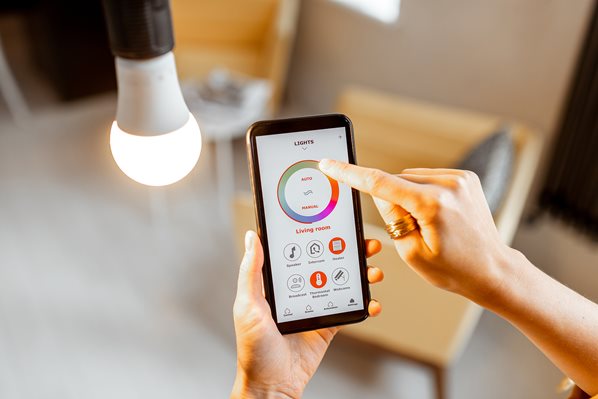
FAQ About Smart Lighting Systems

How do smart lighting systems work?
Smart lighting systems work by using a combination of hardware and software components to control and customize the lighting in a space. The main components of a smart lighting system include:
LED light bulbs or fixtures: These are the physical light sources that are connected to the network and controlled by the system.
Network connectivity: Smart lighting systems use various wireless communication protocols like Wi-Fi, Bluetooth, or Zigbee to connect the light bulbs or fixtures to the internet and to other devices.
Control interface: A mobile app, a voice assistant, or a physical switch is used to control the smart lighting system.
Smart hub: A central device that serves as the brain of the system, controlling and coordinating the actions of the smart lights.
Sensors: Smart lighting systems may include sensors like motion detectors or ambient light sensors that can detect changes in the environment and trigger certain lighting settings or actions.
